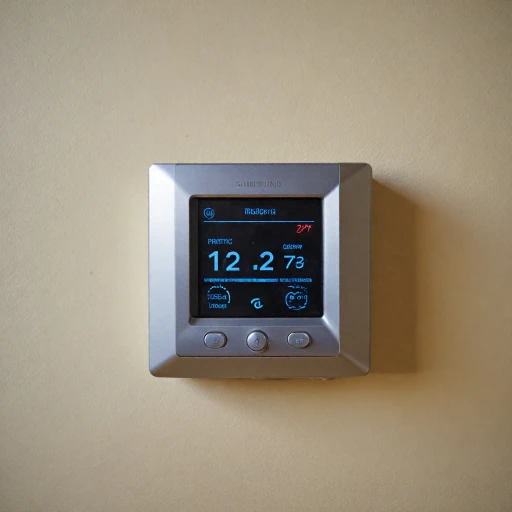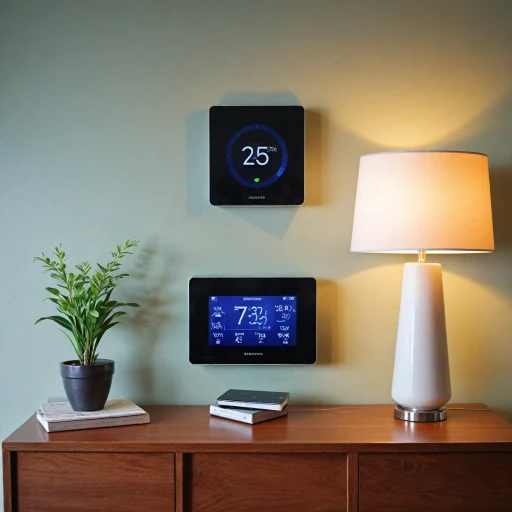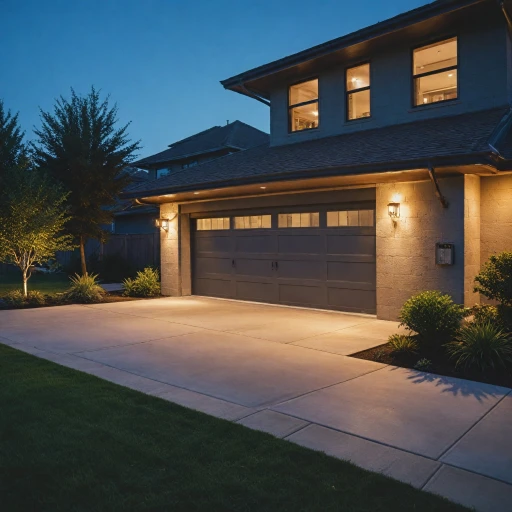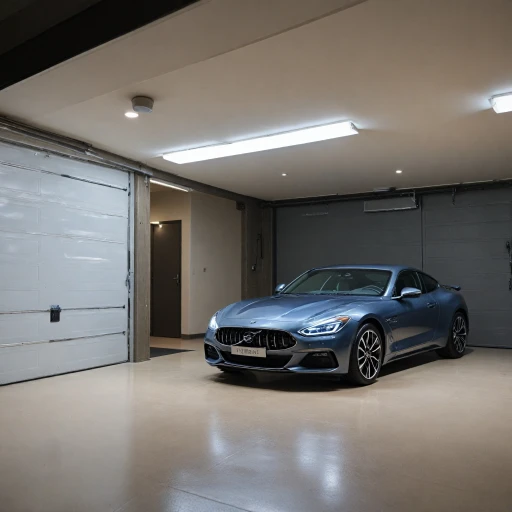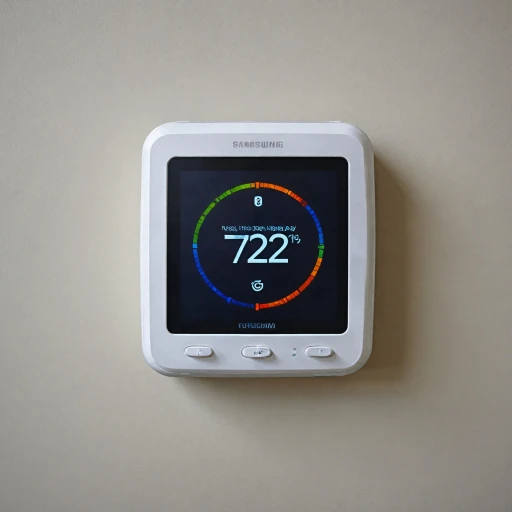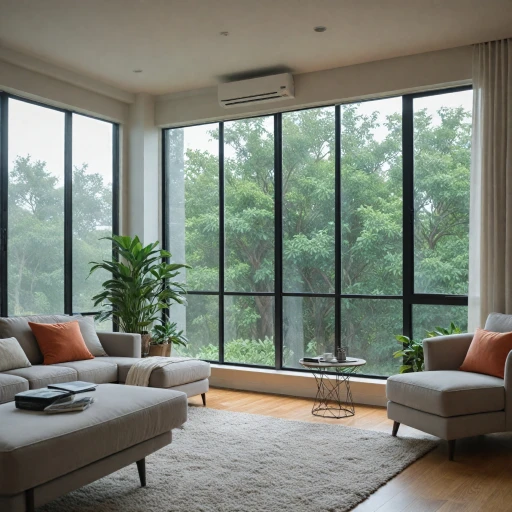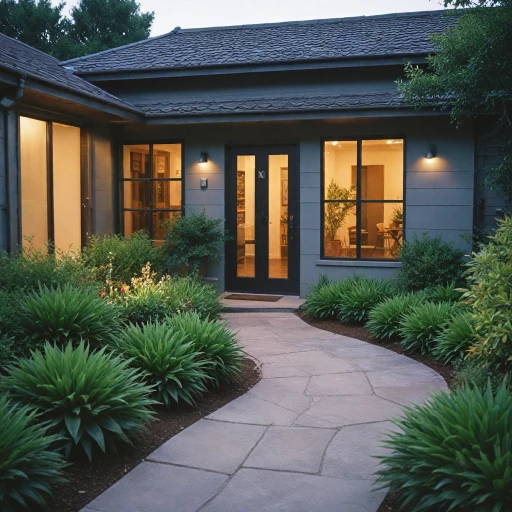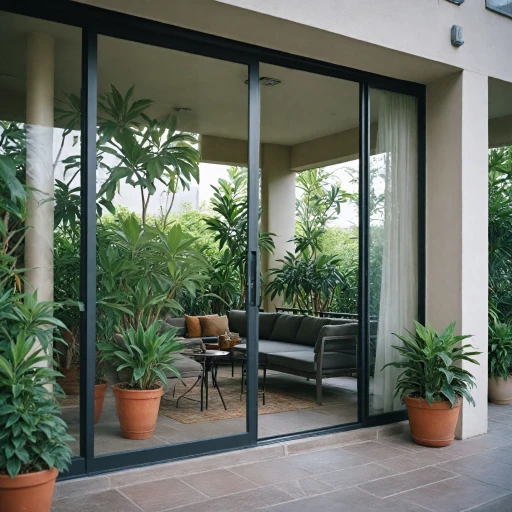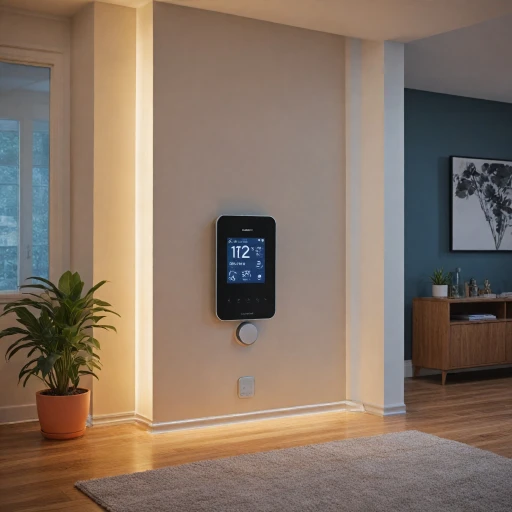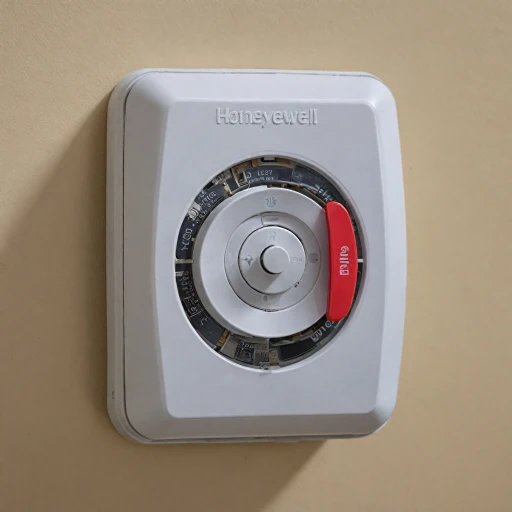
Understanding Smart AC Vents
What Are Smart AC Vents?
Understanding smart AC vents requires a dive into their functionality and the exciting potential they bring to modern living spaces. These innovative devices are designed to replace traditional air vents, integrating seamlessly within your existing HVAC system to give you enhanced climate control. Smart vents offer a sophisticated way of modulating airflow and temperature in different rooms, promising unprecedented comfort and energy savings.Imagine having the ability to fine-tune the air conditioning in your home with precision, directing cooled or heated air specifically where it's needed. Smart AC vents, often controlled via an app or a puck device, provide just this. Through these touch points, users can open or close vents in specific rooms, optimizing the temperature and airflow across various zones in your home.
How They Work
Most smart vents are linked with smart thermostats, creating an interconnected system that allows for responsive adjustments based on real-time data. For instance, vent systems like those offered by Flair include sensors and smart thermostats that monitor the temperature of each room, automatically managing airflow to maintain an optimal environment.This synergy between smart vents and other smart home devices means enhanced energy savings by preventing overcooling or overheating in specific zones. Furthermore, smart vents can function as register boosters, offering additional energy savings by efficiently distributing conditioned air.
To learn more about the intricate ways smart devices can revolutionize home automation, such as through the integration with motion sensors, you can explore further insights here.
Benefits of Smart AC Vents
The Advantages of Implementing Smart Climate Solutions
Smart AC vents offer numerous advantages that enhance the overall performance and efficiency of any HVAC system. One of the most noticeable benefits is the significant energy savings they bring. By allowing users to control the airflow in each room individually, these vents avoid wasting energy in unoccupied spaces. This selective airflow not only optimizes temperature control but also reduces energy costs over time.
Moreover, smart vents contribute to improved home comfort by offering precise temperature regulation. Traditional HVAC systems often fail to maintain uniform temperature across different rooms. Smart vents, however, can adjust the airflow dynamically, ensuring each room reaches the desired comfort level. This capability is particularly beneficial in multi-story homes where temperature variations between floors can be significant.
Another key benefit is the enhanced integrated control within a home automation ecosystem. These units, when paired with a smart thermostat, can optimize the entire vent system, taking into account external weather conditions, occupancy, and user preferences. This seamless integration enables a harmonious climate control, contributing to the home's overall efficiency and comfort. Enhance your climate control.
Additionally, advanced smart vent solutions, like Flair smart vents, come with features that further elevate user experience. For instance, the ability to open and close vents remotely via an app allows for continuous adaptability to changing scenarios within the home. Platforms like Amazon Alexa can also integrate with these systems to offer voice-controlled adjustments.
Lastly, smart vents improve overall HVAC system efficiency by reducing strain on the system. By distributing air more effectively and installing supplemental register booster fans if necessary, smart vents mitigate overheating or overcooling issues, thus prolonging the lifespan of the HVAC units.
Integration with Smart Thermostats
Synchronizing with Smart Temperature Control Devices
Smart thermostat integration is becoming increasingly crucial for effective climate control within modern homes. By connecting smart AC vents with smart thermostats, a harmonious system is formed that enhances heating and cooling efficiency. Integrating these devices allows customizable temperature settings for individual rooms. Each room or zone can have its own flair, set by a smart thermostat and supported by compatible smart vents, ensuring precision temperature control. This integration is a powerful method to optimize comfort across various rooms, creating an individualized experience. Many smart thermostats can connect seamlessly with vent systems to manage airflow strategically. By coordinating with your HVAC system, these vents can open and close automatically to maintain desired temperatures efficiently. You can achieve significant energy savings by focusing airflow only in rooms that need it, reducing unnecessary heating or cooling. A common method for achieving integration is using units like the Flair smart vent system, renowned for its ability to communicate with smart thermostats. The Flair puck can regulate these smart vent covers precisely according to the settings on your thermostat app. Moreover, top product models often found on platforms like Amazon offer convenient features like register booster fans. These are particularly useful for enhancing airflow through vents in rooms that are either too warm or too cool relative to the rest of the house. A notable benefit of linking smart thermostats with vent systems is enhanced air distribution across the floor. This is particularly relevant in multi-story homes where temperature discrepancies between floors typically occur. By synchronizing, smart thermostats ensure that every room or floor receives the appropriate amount of heating or cooling. Consider exploring more on the advantages of using remote sensors with smart thermostats. These sensors contribute significantly to more balanced and energy-efficient climate control by informing thermostats of different temperature needs throughout the home. Integration of smart thermostat systems with vent registers is an impactful innovation in temperature control, providing a comprehensive approach to indoor comfort.Installation and Setup
Setting Up Smart AC Vents with Flair
Installing smart AC vents, such as flair vents, into your existing HVAC system can significantly improve your home's climate control. While the task might seem daunting, with the right guidance, it can be a smooth process. Here's a step-by-step guide to help you get started. First, identify the vents you wish to replace with smart vents. It's important to focus on rooms that experience inconsistent temperatures or where you aim to improve energy savings. Smart vents work best when they control the airflow strategically, allowing you to open and close them based on your preferences. Once you've chosen the target vents, remove the existing vent covers. These are often fixed in place with screws, so ensure you have the necessary tools to safely detach them. Next, affix the smart vent in place of the old register. Ensure it is securely fitted to avoid any inefficiencies in airflow. Many smart vent systems, like the Flair smart vent, come with a corresponding smart puck. The Flair puck acts as a temperature control sensor that communicates with the vent system, enhancing the precision of temperature adjustments across different rooms. Position the puck in an optimal location within the room, typically at least waist-high and away from direct sunlight or drafts, to ensure accurate readings. For a seamless integration, download the dedicated app on your smartphone or tablet. This app is integral to the setup, allowing you to manage your vent system's settings, schedule airflow adjustments, and monitor energy consumption. Brands such as Amazon often provide detailed instructions within their apps to guide users through the initial setup and configuration. Lastly, remember that connecting smart vents to your smart thermostat can further enhance your HVAC system’s efficiency. Smart thermostats can act as the command center, coordinating with smart vents for improved heating, cooling, and energy management across all rooms. This combination can provide significant energy savings over time. Setting up smart AC vents requires some investment of time and effort, but the benefits in temperature control and energy efficiency often outweigh the initial challenges. As innovative climate control systems continue to evolve, they promise to bring even greater integration capabilities and enhancements.Challenges and Considerations
Potential Hurdles in Implementing Smart AC Vents
While smart AC vents offer numerous advantages in enhancing home comfort and energy efficiency, there are several challenges and considerations to keep in mind when integrating them into your HVAC system. Understanding these potential hurdles can help you make informed decisions and optimize your climate control setup.
- Compatibility Issues: Not all HVAC systems are compatible with smart vents. It's crucial to verify that your existing system can accommodate these advanced units. Some older systems may require upgrades or additional components, such as register boosters or booster fans, to function effectively with smart vents.
- Initial Costs: The upfront investment for smart vents, along with necessary accessories like the Flair Puck for temperature control, can be significant. While energy savings over time can offset these costs, it's essential to budget for the initial outlay.
- Complex Installation: Installing smart vents can be more complex than traditional vent covers. Depending on your home's layout and the number of rooms, you might need professional assistance to ensure proper installation and integration with your smart thermostat system.
- Connectivity and Control: Reliable connectivity is vital for the seamless operation of smart vents. Issues with Wi-Fi or app control can disrupt the system's ability to manage airflow and temperature effectively. Ensuring a robust network and understanding the app's functionality are key to maintaining control.
- Maintenance and Updates: Like any smart device, smart vents require regular maintenance and software updates to function optimally. Keeping up with these updates is necessary to avoid potential malfunctions and to benefit from the latest features and improvements.
- Room-Specific Challenges: Each room may have unique heating and cooling needs. Smart vents must be calibrated to account for factors like floor level, room size, and occupancy to ensure balanced airflow and temperature control across all rooms.
Addressing these challenges requires careful planning and consideration of your home's specific needs. By doing so, you can fully leverage the benefits of smart vents and enhance your home's comfort and energy efficiency.
Future Trends in Smart Climate Control
Smart Innovations in Temperature Management
The future of smart climate control holds exciting possibilities with continuous advancements in technology. The goal is to further optimize energy efficiency and enhance comfort within individual rooms and entire homes. Smart vents and smart thermostats are at the forefront of this evolution, promising improved climate control by leveraging smart integrations. Future HVAC systems are expected to feature more seamless control options across different units and rooms.- Energy-Saving Technology: The focus will be on utilizing smart vents and smart thermostats to reduce energy consumption. By tailoring airflow and temperature settings via the app or device like the Flair Puck, energy savings can be maximized. Integration with smart home ecosystems will enable more precise temperature control.
- Advanced Connectivity: With technological advancements, smart vents and thermostats are anticipated to have enhanced connectivity. Communication between devices like register boosters or vent covers will ensure efficient cooling and heating solutions.
- Increased Customization: Expect future smart climate systems to offer even greater customization. Homeowners will have more control over individual vents and airflow in each room, allowing them to open or close vents based on specific heating cooling needs, thereby tailoring comfort on the floor level.

